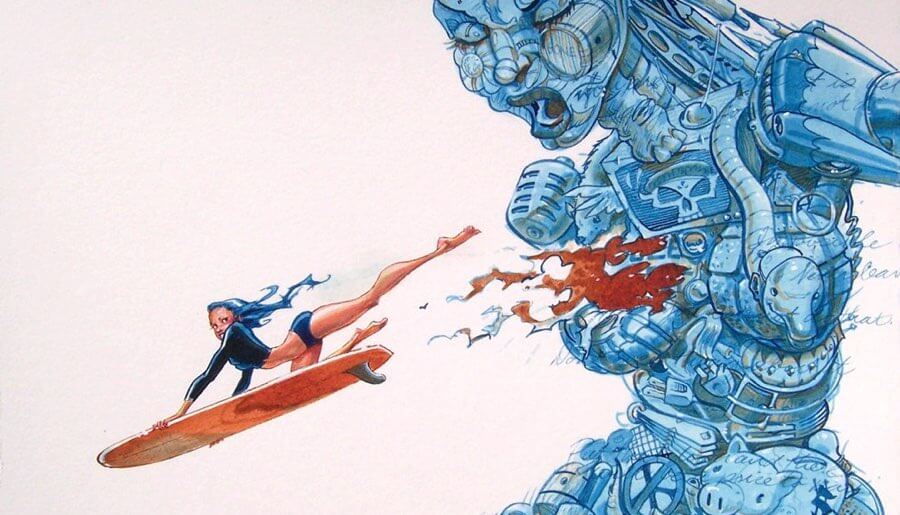Located on the North Shore of Oahu, Hawaii, Pipeline is one of the most famous and challenging waves in the world. The iconic surf break is arguably one of the most recognisable waves in the world. You’ll see Pipeline a dozen times on a quick browse around Club of the Waves!

Pipeline is one of the most important waves in surfing history and culture. For the longest time, it was deemed unrideable. In part due to its intimidating size and power, but also because of the limitations of surfboards. Pipeline was a key inspiration in the advancement of surfboard design in the 1960s and 70s. The longer, heavier surfboards of the time weren’t suited to the size and speed of a wave like Pipeline. Shorter, more dynamic surfboards enabled surfers to paddle into bigger waves, ride faster, and access parts of the wave (i.e. the barrel) that they couldn’t successfully surf before.
The first surfer brave enough to take on the formidable Pipeline was Greg Noll (aka ‘Da Bull’) in 1964. Below is an iconic photo by John Severson, of Greg Noll in his famous jailhouse boardshorts, staring down Pipeline before paddling in.

It wasn’t until the 1970s that Pipeline became a more regularly surfed wave. Surfers renowned for their pioneering styles like Gerry Lopez and Shaun Tomson helped make Pipeline famous internationally, which paved the way for surfing competitions that grew in popularity and international media coverage throughout the years. Pipeline has long since been regarded as one of the proving grounds of competitive surfing.

The wave’s name, Pipeline, is derived from the picture-perfect cylindrical shape the wave takes when it breaks — created by a combination of the reef and powerful winter swells. The caves of sharp coral reefs below the surface, coupled with the power of the water and regular sets of waves, are incredibly dangerous, injuring countless — and even killing — surfers and surf photographer’s over the years.
Besides visiting the North Shore of Oahu, Hawaii in winter (when the conditions are good for waves), the best way to catch a glimpse of Pipeline is to tune into the annual Pipe Masters surf competition, which is usually streamed online in December. In the meantime, below are some photos and paintings of the natural wonder.
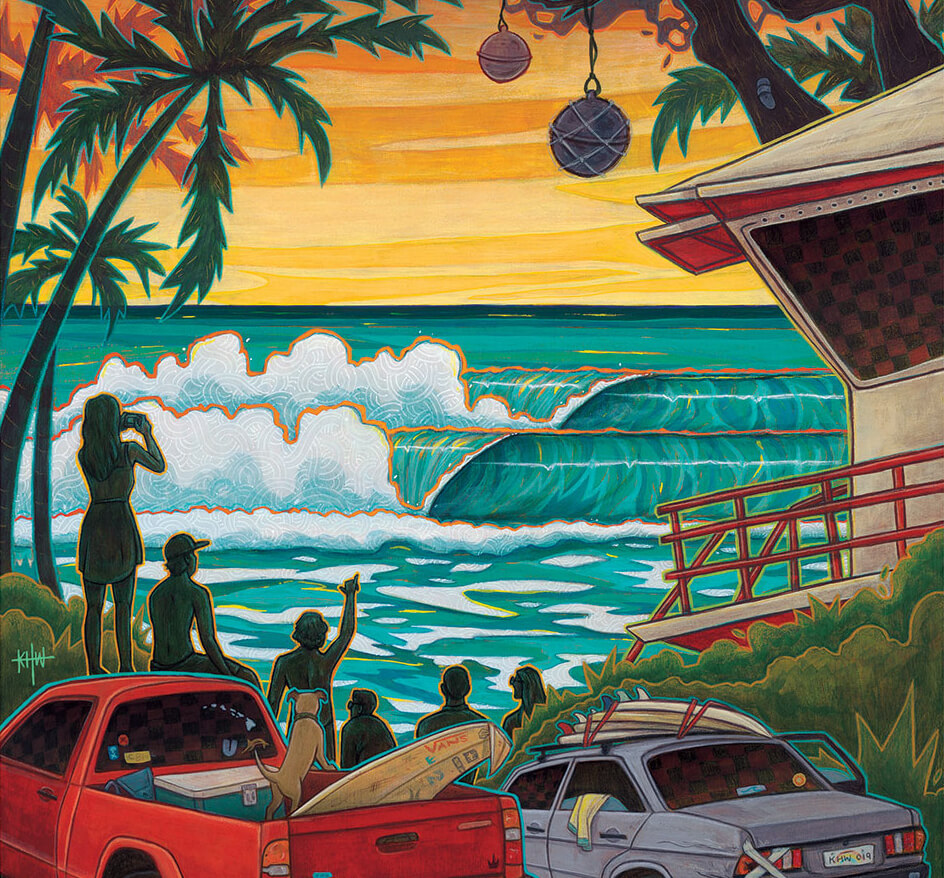



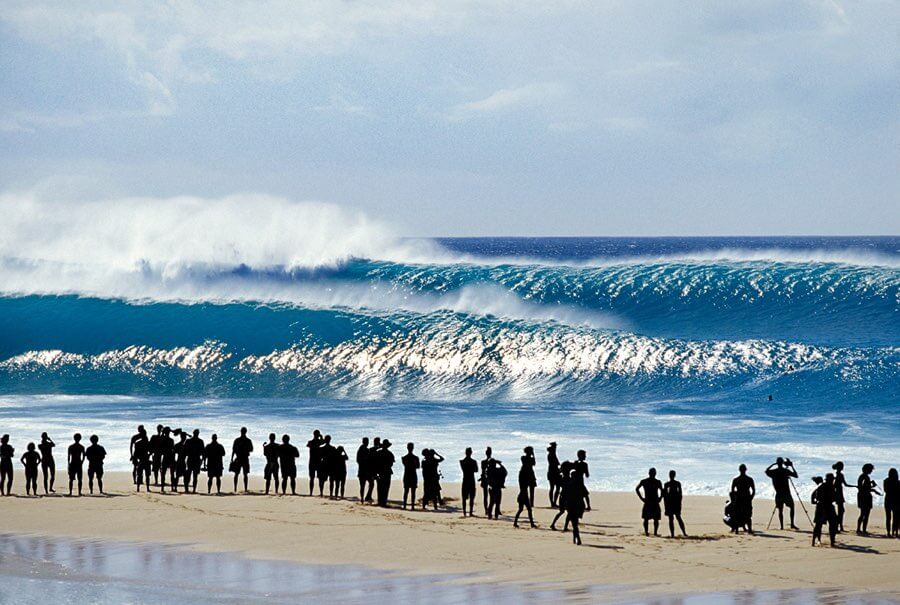
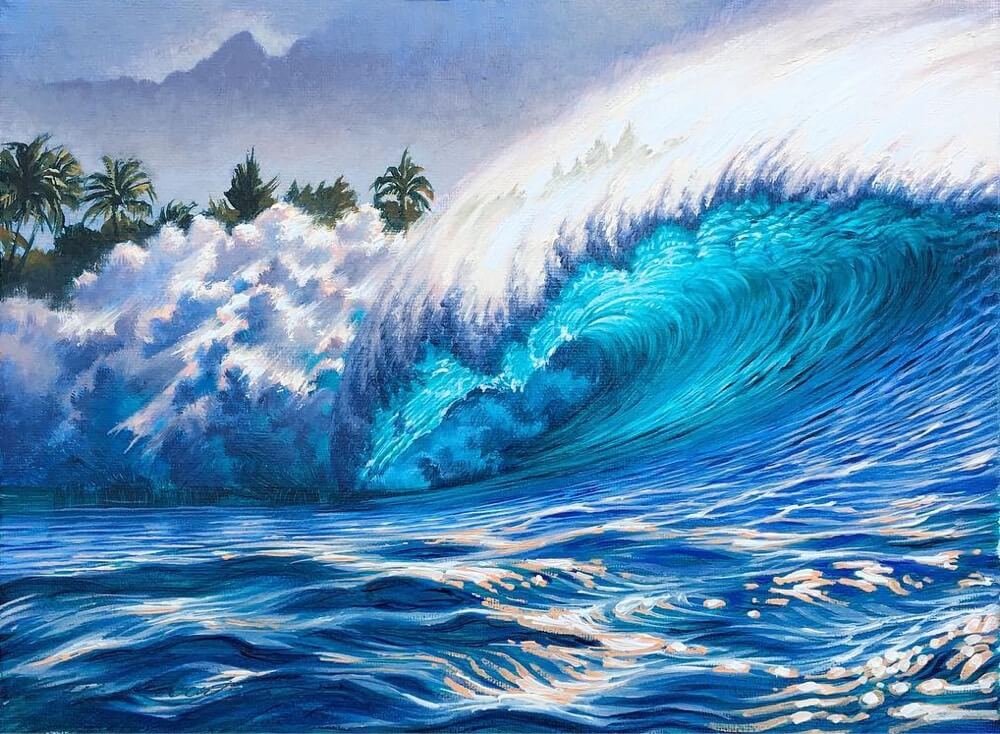
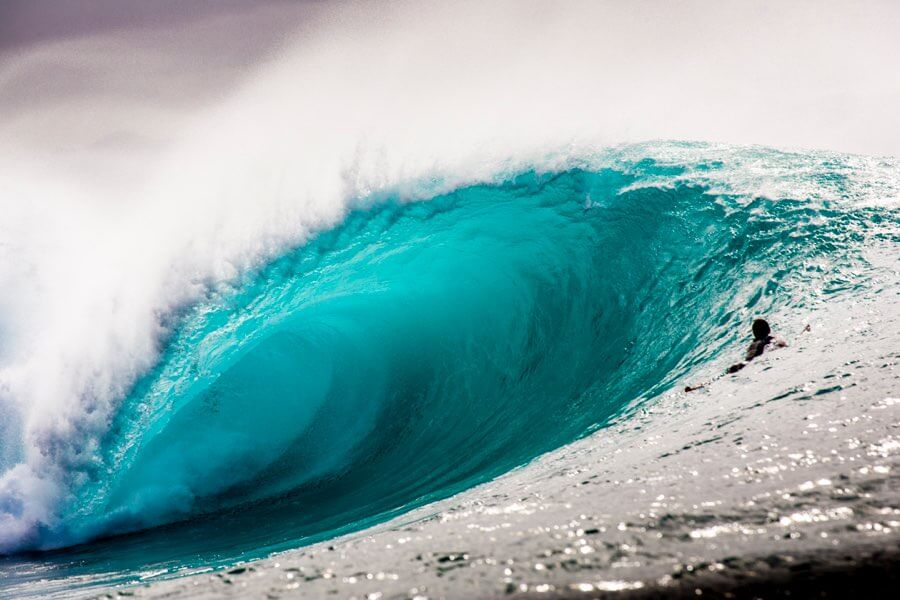


Curated by Andrew Couldwell on Jan 16, 2024
